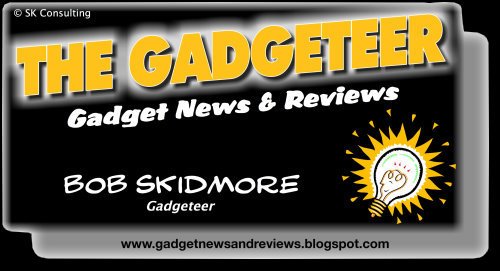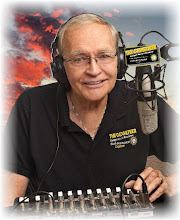
SCANNING 35mm SLIDES & FILM MADE SIMPLE
© 2010 BOB SKIDMORE ALL RIGHTS RESERVED
BOB SKIDMORE
CORRESPONDENT
Most of us probably have an attic, or garage full of old family 35mm slides. Even when slides were in vogue they required hauling out the projector, a screen and if you wanted prints your local photo processor had to convert them to a negative format. Typically some quality was lost in the process. So what’s the easiest way to salvage these precious moments? VuPoint Solutions may just have your answer.
In this computer age that we live in scanners are pretty popular. When it comes to scanning 35mm slides, or film strips some flattop scanners offer an optional accessory for making this conversion. The down side is that the attachment may be a bit pricy and large, not storage friendly, and the process tedious. Many attempts at manufacturing a dedicated scanner have failed due to vignetting, the creation of dark, distorted corners in the scan. I’ve tested many such scanners in the past, but have finally found one that works well and is reasonably priced.
VuPoint Solutions offers the model FC-C520-VP-BX2 Digital Film/Slide Scanner. It’s about the size of a quart of ice cream, includes a 2.4” color flip-top LCD screen, two media trays and a multi-voltage AC power adapter. The unit features a 5 megapixel CMOS Sensor providing 10 bits per color channel and has a 32MB built-in flash memory storage capacity while also supporting up to 16GB removable SD cards. The controls allow for selection of 1800 or 3600 dpi, an unusually high scan conversion rate for such moderately priced units, ½ step exposure adjustments from -2EV to +2EV and a color/monochrome button.
(TIP: It’s important to select the monochrome setting whenever scanning B&W media. This eliminates the possible addition of color noise visible as color specs in the finished scan.)
The process is simple! Use either the built-in memory, or insert your own SD card. I prefer the SD card method as it stores many more scans and can easily be transferred to your computer via a card reader. Insert the slides or negative strip into the tray, make any exposure adjustments, or allow the scanner to automatically adjust for brightness and contrast, then press the SCAN button. In a few seconds the scan is complete and you can advance to the next photo.
(TIP: Once you transfer the completed scans to your computer, MAC or PC, you may wish to further enhance, or color correct them with one of the many programs available for this purpose. Arcsoft PhotoImpression 6 software is included for Windows XP & Vista users.)
I found the FC-C520-VP-BX2 to work exceptionally well. Scans are very fast, quality high and the lack of vignetting makes it the perfect tool for converting those old slides and negatives. In addition, a TV output jack is provided so you can view your scans directly on your TV/monitor. (note: video input jack is required. The connecting cable is supplied with the scanner. NTSC/PAL selection)
(TIP: Always clean your slides, or negative strips prior to scanning. This will remove years of dust build up. A lens brush with squeeze plunger is perfect for this and available at most camera stores. The scanner includes a brush for cleaning it.)
MSRP: $129,95 Available on-line and at retail outlets.
GADGETEER’S RATING: H H H H H
Bob Skidmore is a freelance writer who may be contacted at bob.thegadgeteer.skidmore@gmail.com, or followed at twitter.com/bskidmore for the latest gadget industry news. He does not represent, or endorse any of the products he reviews and his opinions are solely his points of view and not those of the manufacturer.
##



Thanks Bob! I have been wondering about the ads for slide scanners that I see regularly. My wife has hundreds of great 35mm slides we want to convert to video. I appreciate the thorough review.
ReplyDelete